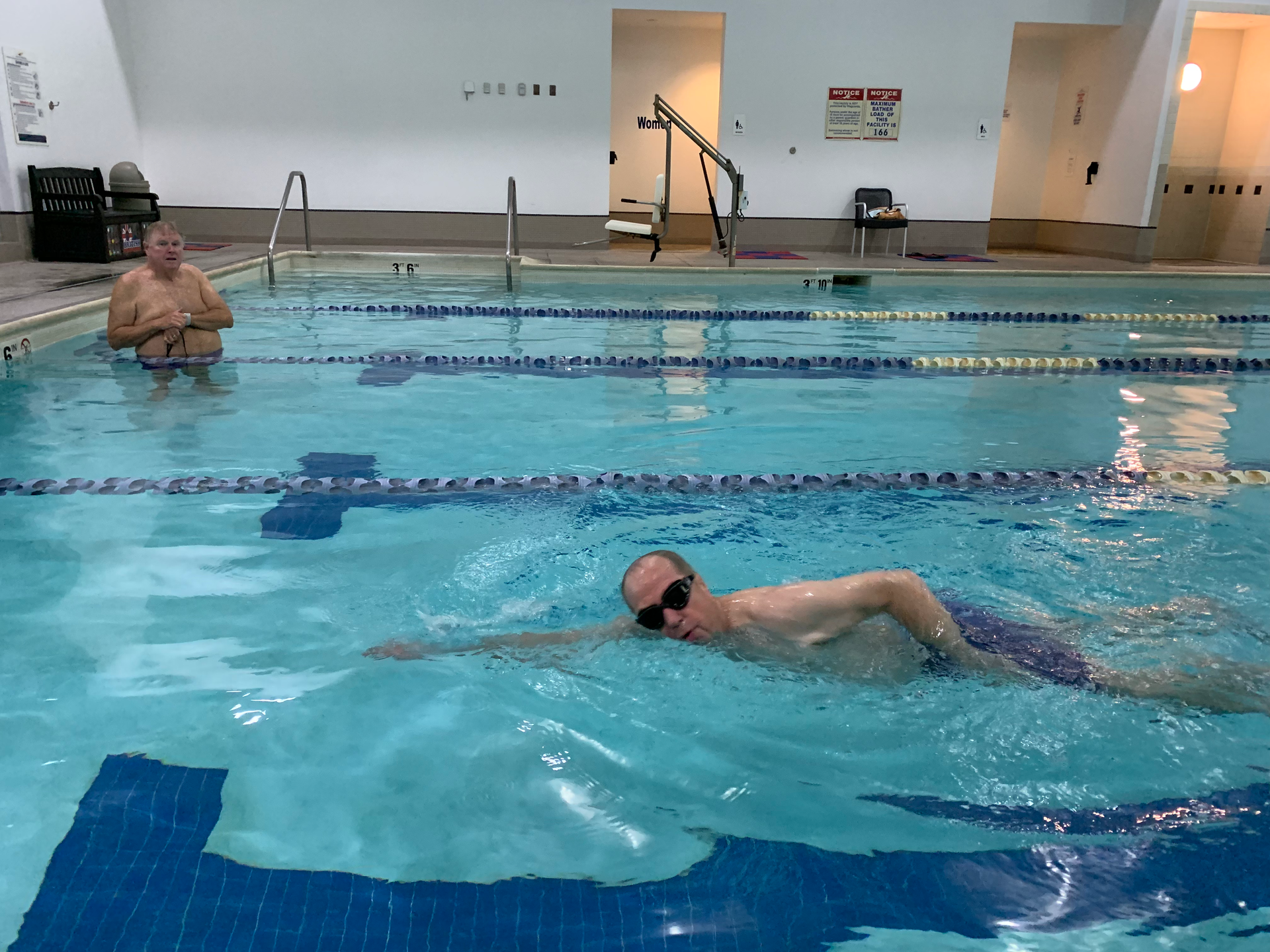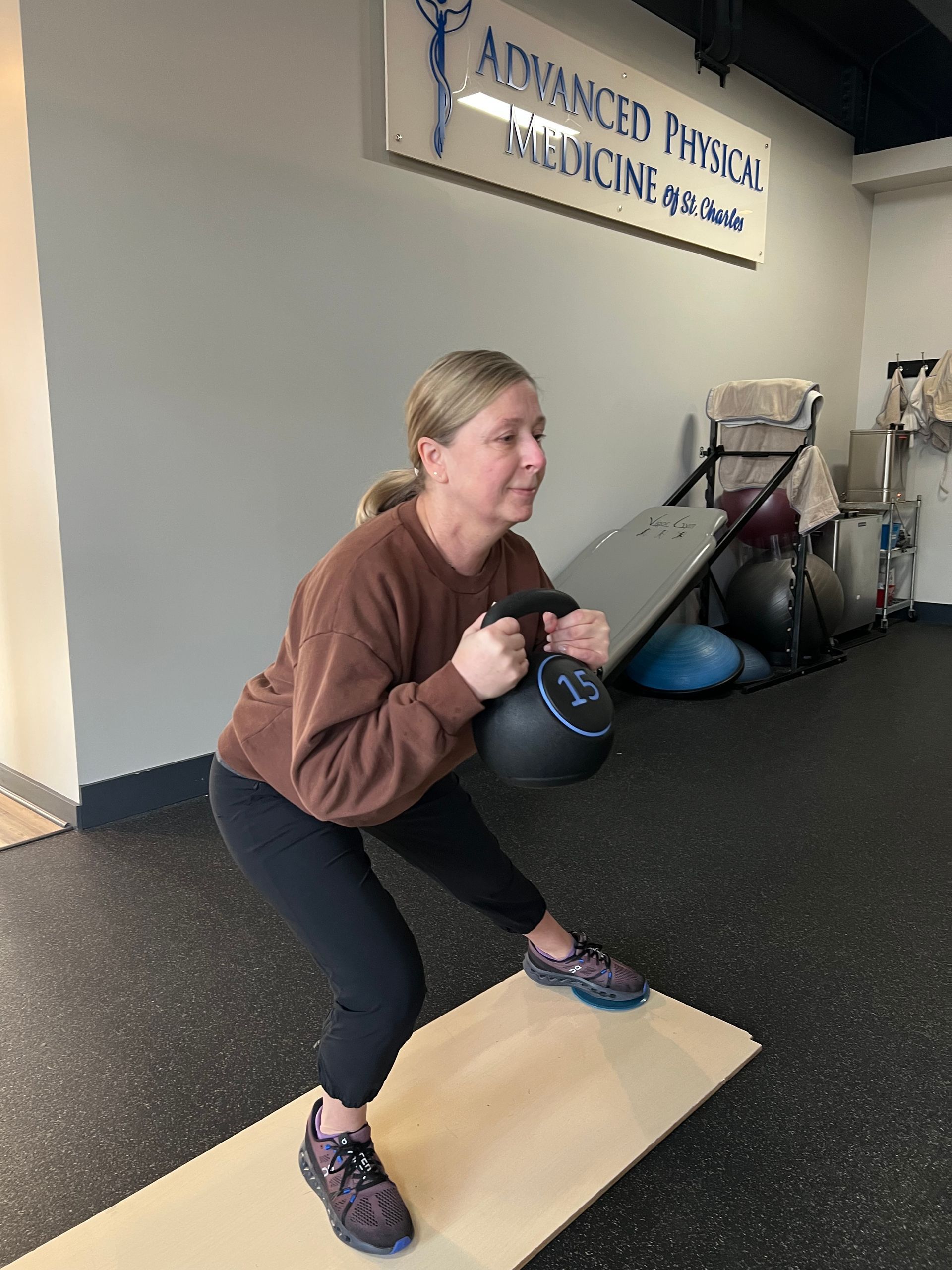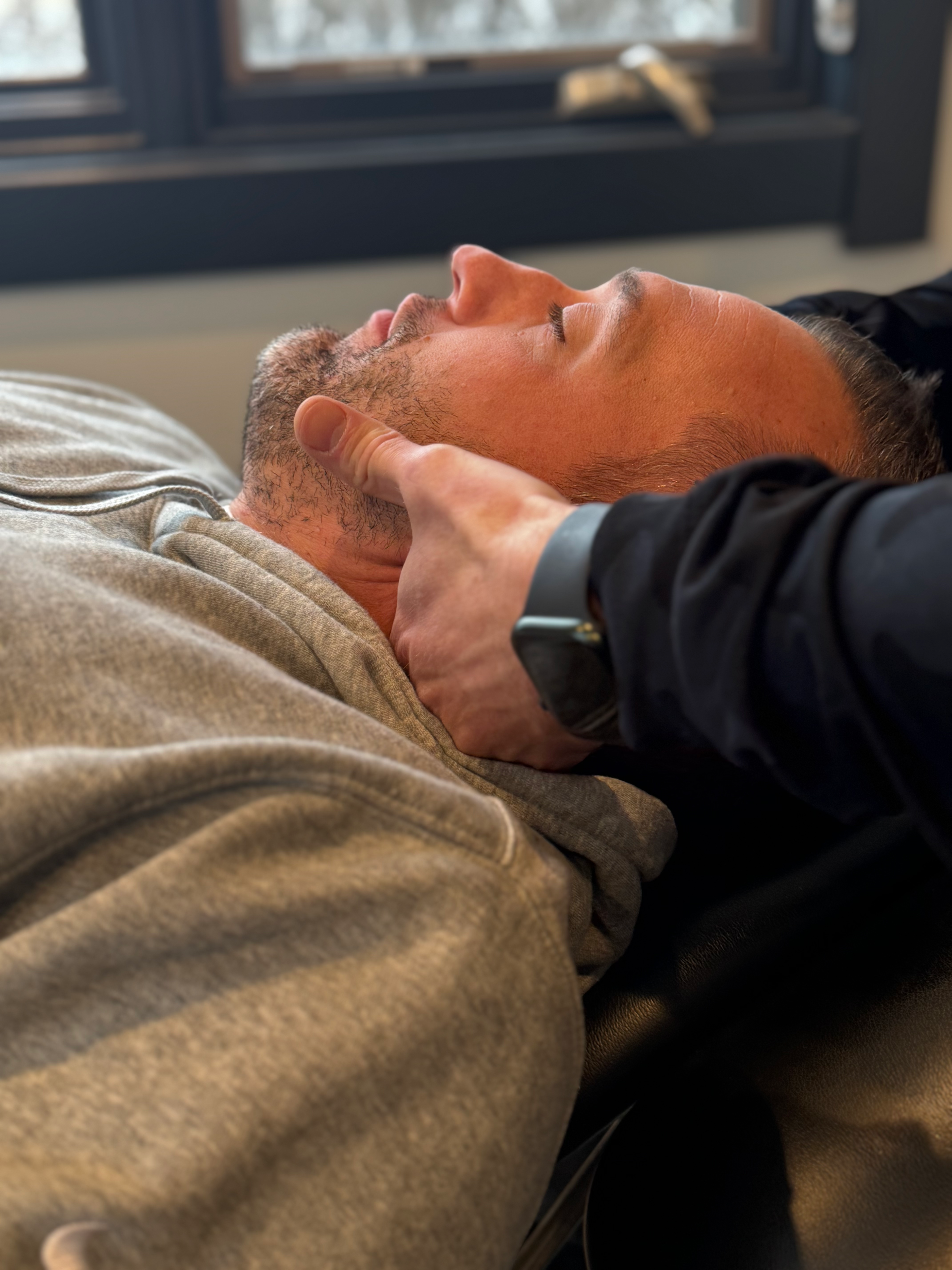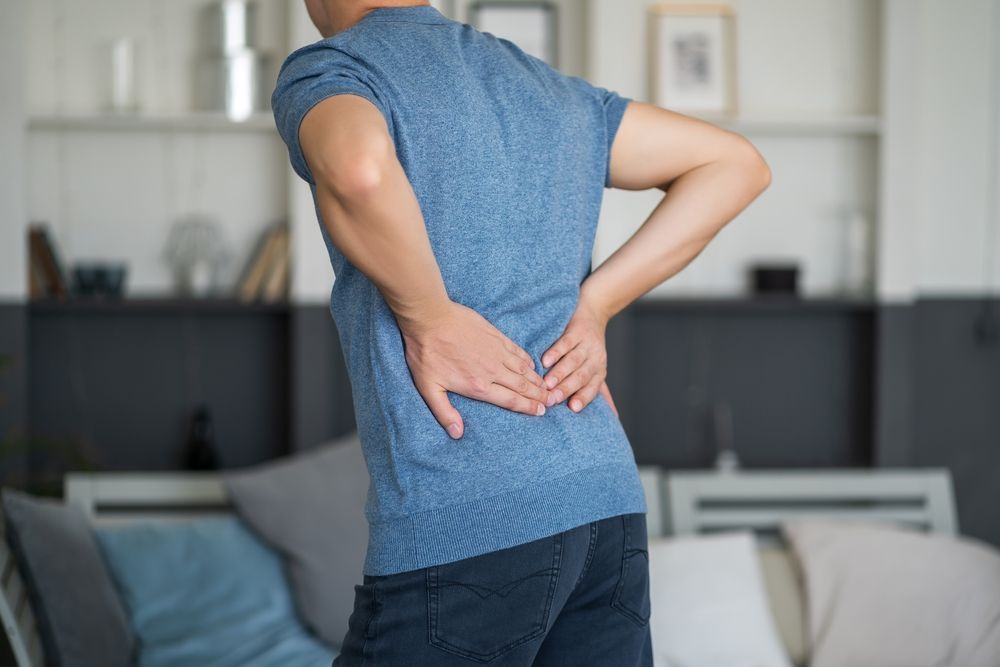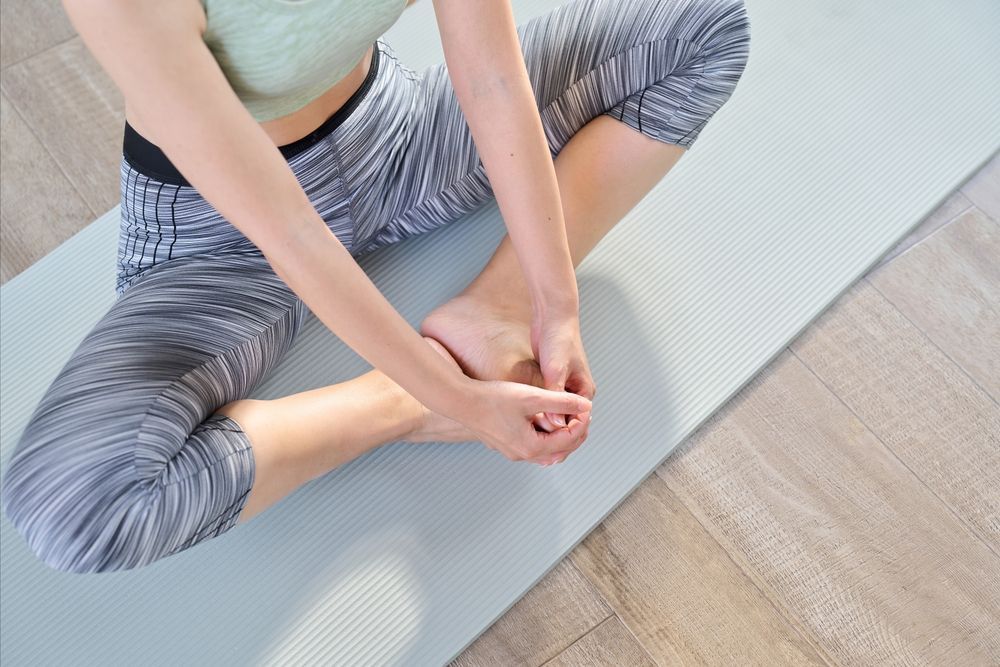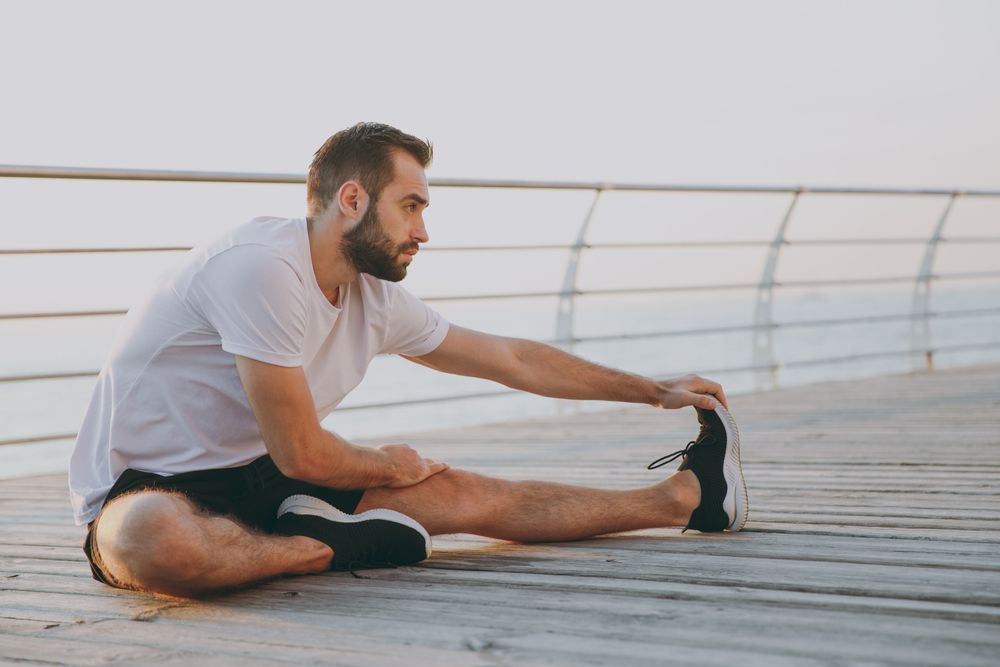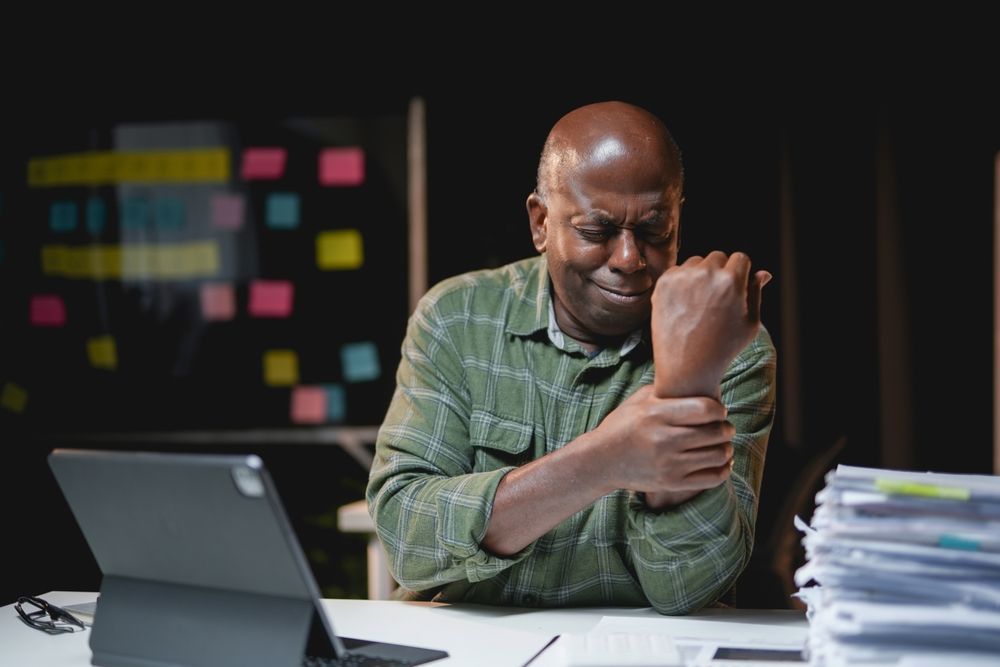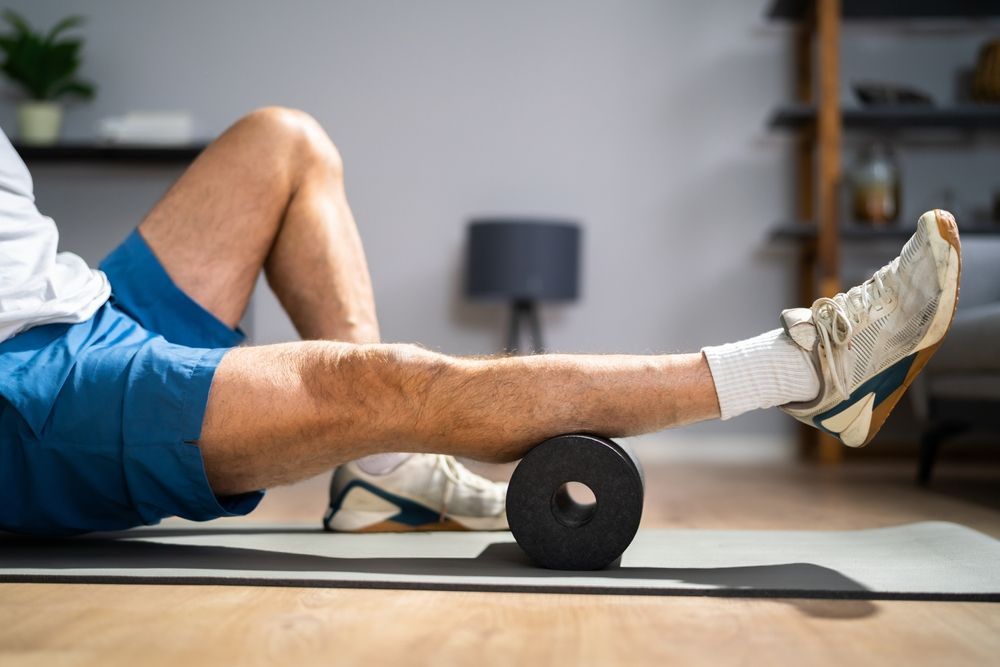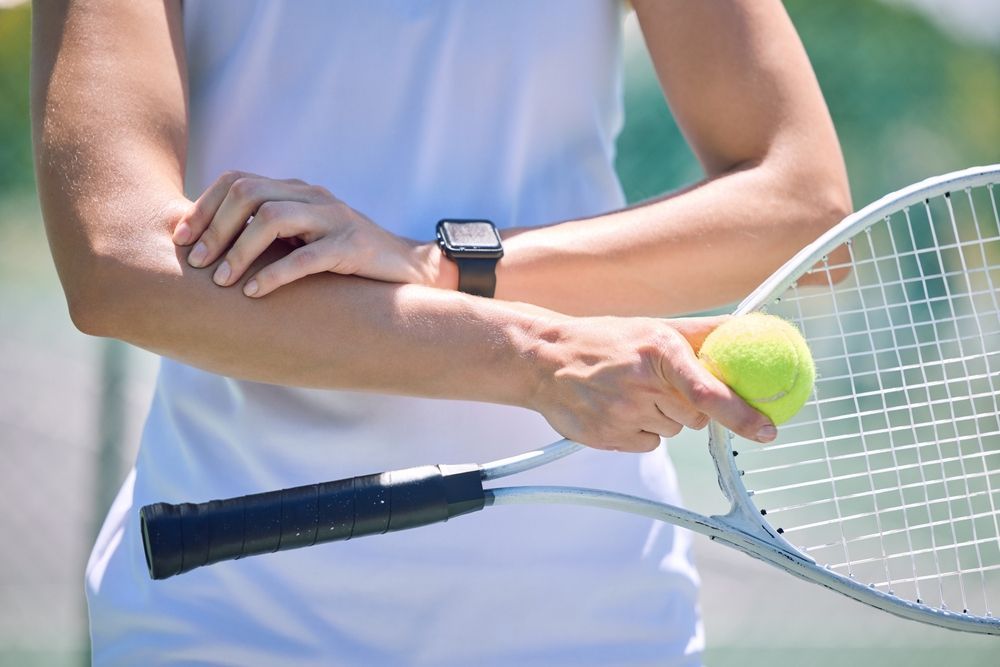Inner Knee Pain Running: Causes, Treatment, and Prevention
Share this article:
Written by: Advanced Physical Medicine
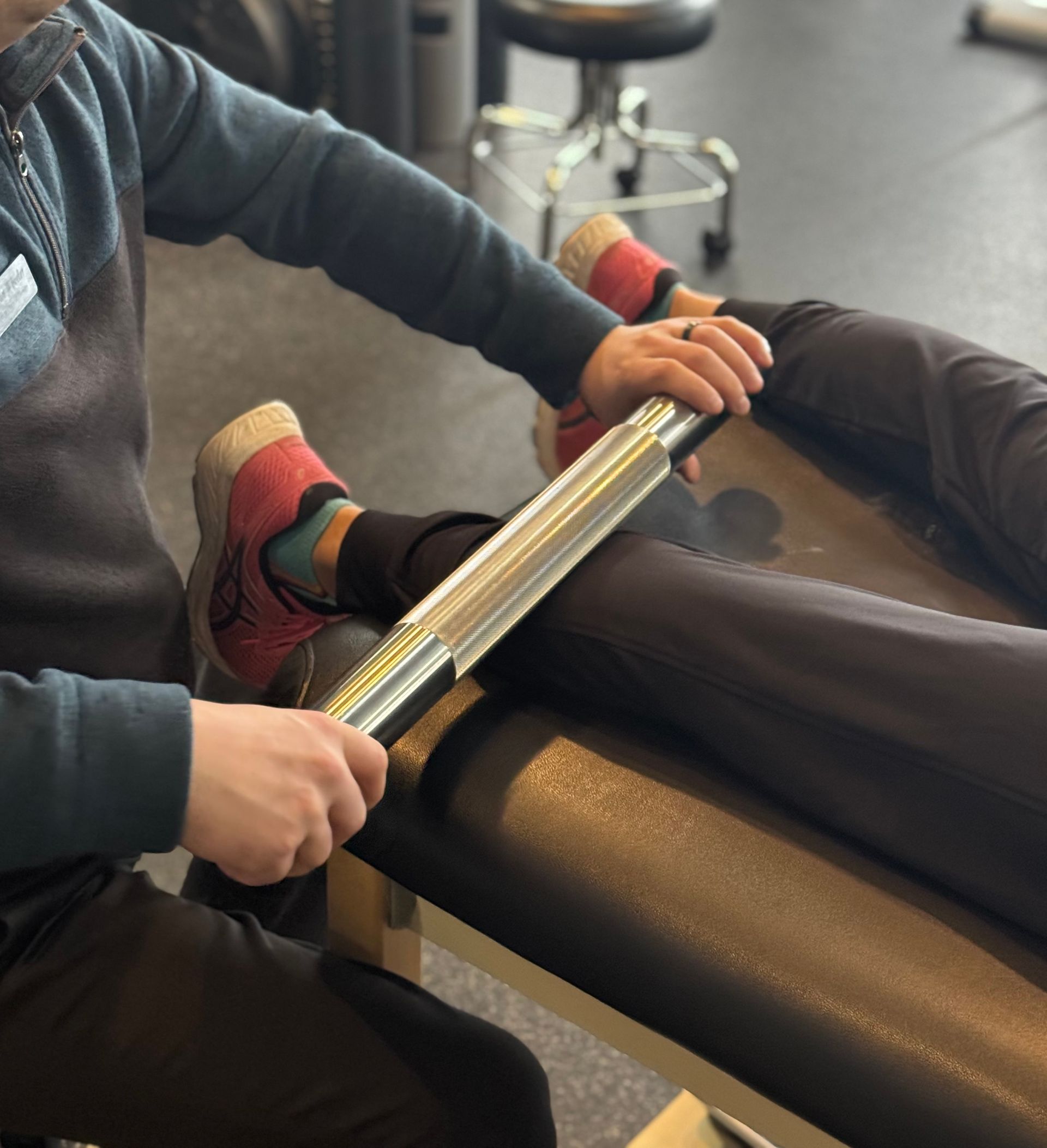
Inner knee pain is something that avid runners frequently experience, and it's particularly frustrating because it is not always easy to identify the root cause. Sometimes referred to as medial knee pain, inner knee pain running can be treated by physical therapy services as well as other holistic treatment options, allowing you to get back to the activities you love as soon as possible.
Understanding Inner Knee Pain in Runners
Inner knee pain is a common complaint among runners, particularly those who are training for a marathon or another endurance event. Sometimes referred to as medial knee pain or runner's knee, this condition is not only painful, but it can also prevent you from participating in the events and experiences that you enjoy.
While inner knee pain is often associated with runners, it can occur to anyone who strains the muscles that are located in this area. Several muscle groups meet in the inner knee, which is one of the reasons why inner knee pain occurs so frequently among active adults.
It's important to know that inner knee pain can occur suddenly or it can gradually become worse over time. Some of the symptoms of inner knee pain that you should be aware of include:
- Pain around the side of your knee joint.
- Throbbing pain in or around your knee.
- Swelling around the knee.
- Sharp pains that occur directly behind the knee cap.
- Difficulty performing normal tasks, such as climbing the stairs or sitting up and down.
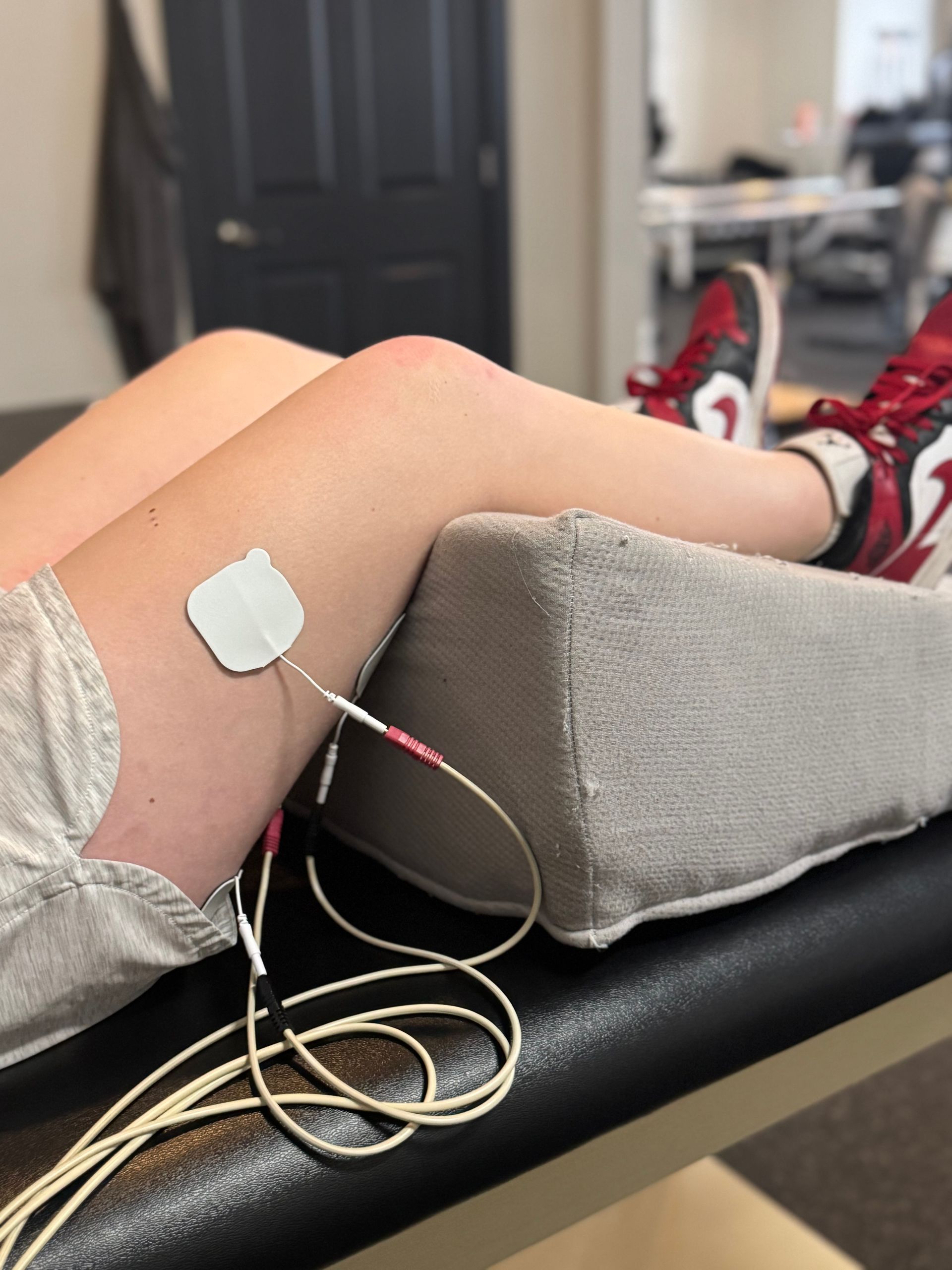
Effective Treatment Options
Whether you have just started to notice inner knee pain running or you have been trying to manage this lingering pain for a while, you will find that there are effective treatment options available that can target the root cause of your inner knee pain.
Some of the most effective treatment options for inner knee pain running include:
- Rest — If you begin to notice that you are experiencing inner knee pain after running, the best thing to do is rest for a few days and give your body time to heal.
- Over-the-counter medications — Over-the-counter pain medications can help reduce inflammation and relieve pain temporarily. While these medications are effective, it is important to remember that they only provide short-term pain relief and they do not address the root cause of your discomfort.
- Heat and ice compresses — Alternating between heat and ice throughout the day can reduce pain and discomfort around your knee.
- Physical therapy — Physical therapy treatment services can provide you with immediate and lasting pain relief, largely because the physical therapist will create a personalized plan that will address your unique concerns. The amount of time that physical therapy takes will vary from patient to patient.
- Massage therapy — Massage therapy is a holistic procedure that can help alleviate muscle pain while also allowing you to rest and relax. It is the ideal complement to any physical therapy treatment plan.
Preventive Measures for Runners
Runners can take a variety of preventative measures to reduce the risk of inner knee pain while running. One of the best ways to prevent this pain and discomfort is to focus on strengthening exercises that improve both balance and stability. By modifying your training routine, you will be able to adequately prepare your body for the rigorous runs that you are enjoying each day. In addition, it's important to wear high-quality running shoes and employ proper running techniques to prevent inner knee pain.
Innovative Rehabilitation with the
Alter G Anti-Gravity Treadmill
From providing muscle knot relief to alleviating inner knee pain, the Alter G Anti-Gravity Treadmill is a powerful tool that can help you quickly achieve the results you need and want. By leveraging the power of unweighting using air pressure, this innovative treadmill comfortably lifts patients so that they walk or run at a fraction of their body weight — virtually eliminating pain and allowing them to restore their mobility and function in a shorter amount of time.
When to Consult a Professional
These are a few of the signs that you may need to consult a physical therapist in order to treat your inner knee pain:
- Your inner knee pain is getting progressively worse and does not subside, even when you are not running.
- You notice an increase in swelling around the knee.
- You are having a difficult time walking, climbing stairs, or sitting up or down.
Request an Appointment with Advanced Physical Medicine Today
Inner knee pain running is not something that you have to endure or manage for the long term. As soon as you begin to experience inner knee pain from running, you should contact a physical therapist. At Advanced Physical Medicine, we offer physical therapy for knee pain that is designed to address the root cause of your inner knee pain to provide you with immediate and lasting relief.
Request an appointment today and learn more about the personalized physical therapy treatment services that we offer.
Connect with Us:

